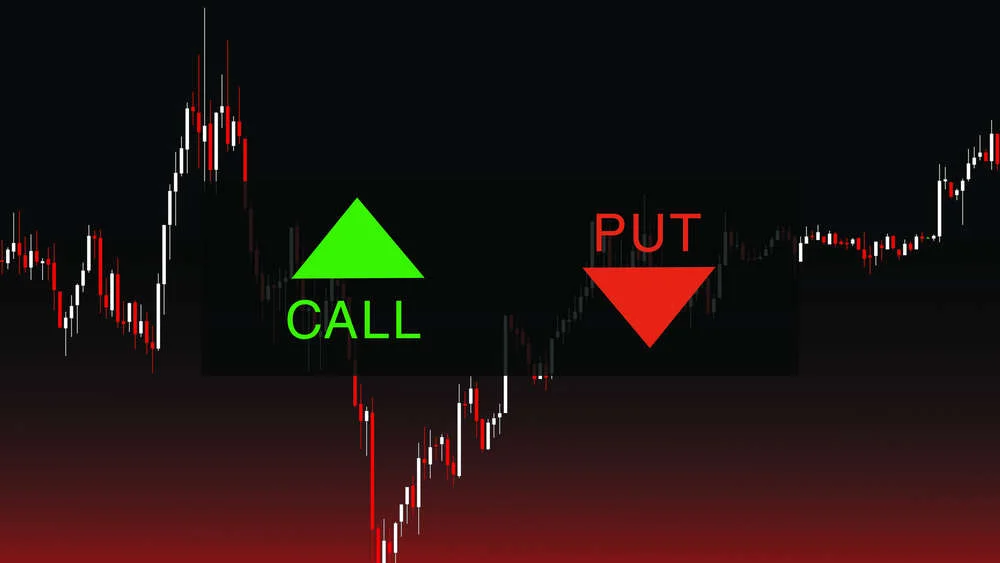“Put-Call Ratio” is what PCR stands for when referring to intraday trading. It is a well-liked technical indicator that investors and traders use, particularly in the options market, to evaluate market mood and probable future price moves. By comparing the total number of put options traded against the total number of call options traded on a particular underlying asset, such as a stock or an index, the put-call ratio is determined.

The Put-Call Ratio in daily intraday trading operates as follows:
1.How to Determine the Put-Call Ratio: Typically, one of two methods is used to determine the put-call ratio:
- Volume-based PCR: In this technique, the overall trading volume of call options is contrasted with the total trading volume of put options. The volume-based PCR would be 0.5 (1,000/2,000) if 1,000 put options and 2,000 call options were traded as an example.
- Open Interest-based PCR: This technique makes use of the total open interest, or the amount of active put and call option contracts. The open interest-based PCR for 5,000 open put contracts and 10,000 open call contracts would be 0.5 (5,000/10,000).
2. Understanding PCR Results:
- PCR 1: A PCR below 1 shows that there are more open call contracts or traded call options than there are put options. As traders are more likely to purchase call options in expectation of price increases, this may indicate a bullish sentiment.
- PCR > 1: A PCR above 1 suggests that there are more open put contracts than there are traded put options. Given that traders are buying put options as protection against probable price falls, this may indicate a negative sentiment.
- PCR = 1: A PCR of 1 indicates a balanced market mood, with the quantity of call and put options traded being equal.
3. Intraday Trading using PCR:
- The Put-Call Ratio is frequently used by intraday traders as a contrarian indicator. A market may be overbought if the PCR is exceedingly low (showing extreme bullishness), in which case a correction may be just around the corner. On the other hand, a very high PCR (signalling extreme bearishness) can indicate an oversold market, in which case a rebound might be anticipated.
- The Put-Call Ratio is a trading tool used to confirm other technical or fundamental indications. For instance, the bearish case for a stock may be strengthened if it exhibits technical negative patterns and has a high PCR.
- Risk management: PCR can also be used by intraday traders to control risk. Traders may modify their holdings or employ protective measures like purchasing put options or tightening stop-loss levels in response to a rising PCR, which might indicate an increase in negative sentiment.
- Timing considerations made by intraday traders may take PCR into account. For instance, a trader would seek for opportunities to enter short positions for a potential reversal if the PCR is unusually low and the market is exhibiting symptoms of fatigue in an upswing.
It’s crucial to remember that even though the Put-Call Ratio might offer insightful information on market sentiment, it shouldn’t be used in isolation. In order to make informed intraday trading decisions, traders often utilise it in conjunction with other technical and fundamental indicators. Additionally, PCR values may be interpreted differently based on the particular market circumstances and the underlying item being traded.
FOR MORE INFO CLICK THIS SITE:https://learningsharks.in/
FOLLOW OUR PAGE:https://www.instagram.com/learningsharks/?hl=en
